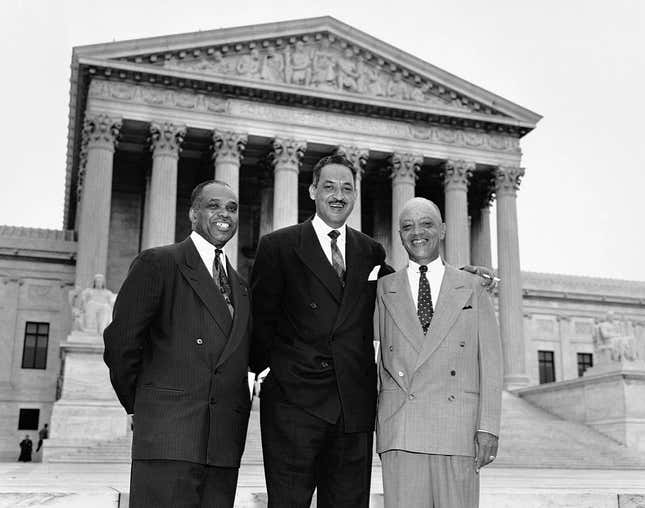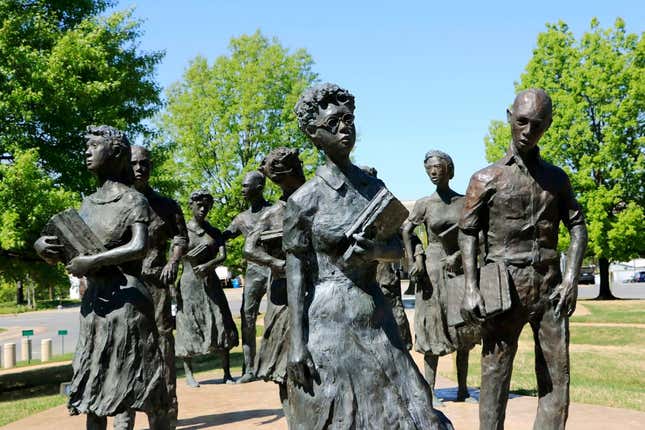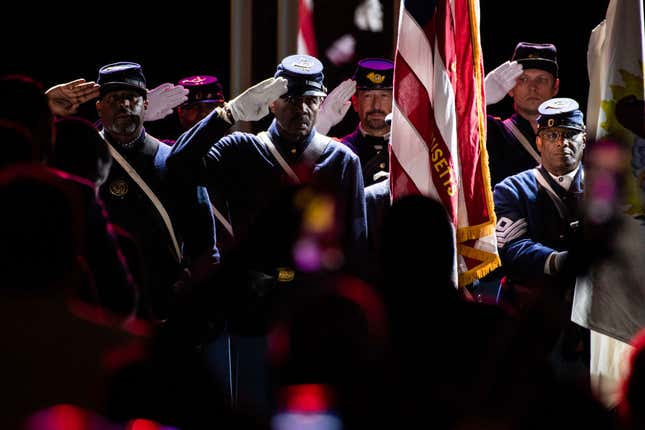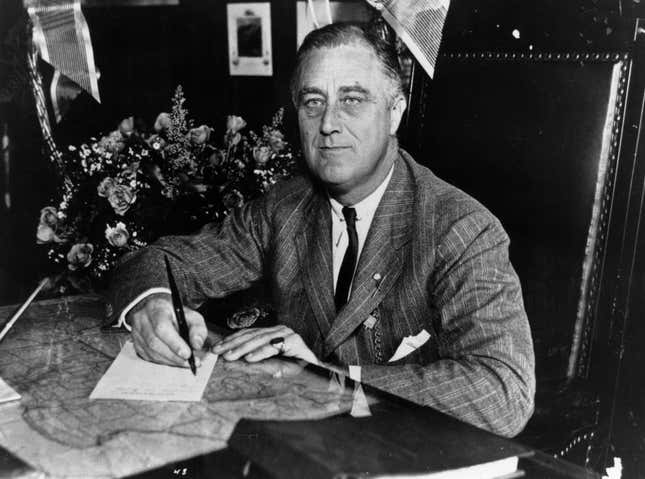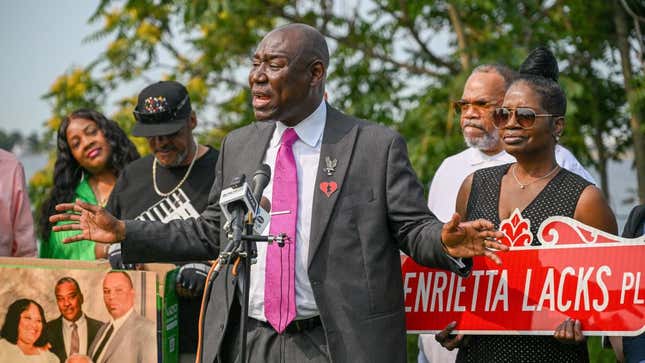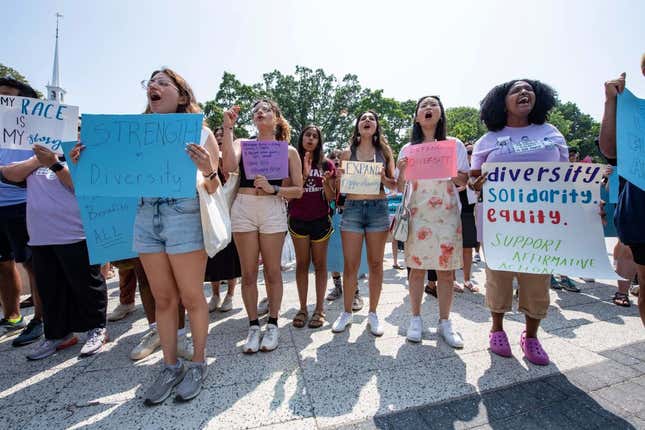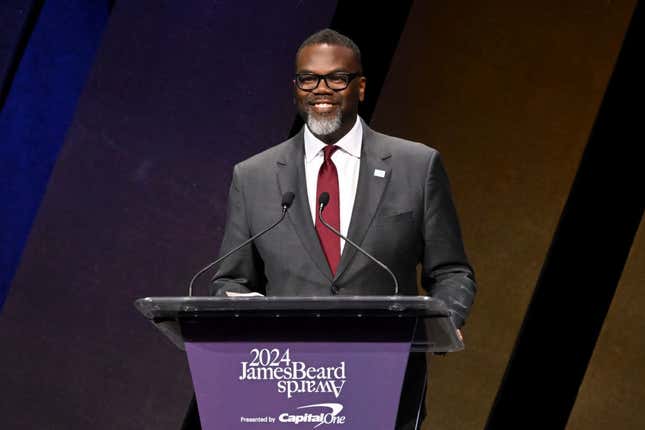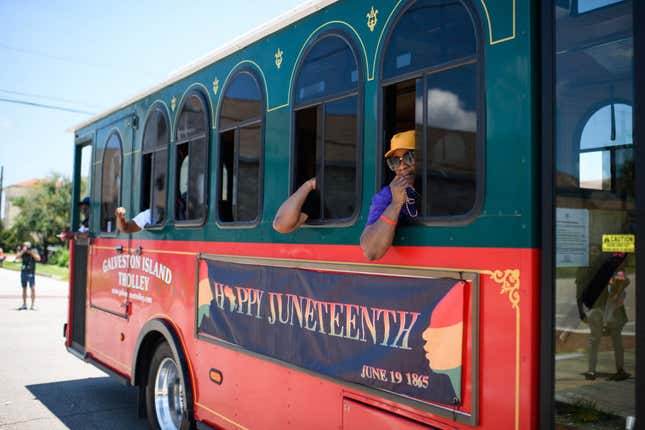
“Juneteenth” marks the second American Independence Day. What does that Mean? Let’s get to it.
In 1865, enslaved Americans were freed. President Lincoln’s Emancipation Proclamation was supposed to mean the end of enslavement, but slavery still dominated in Confederate states during the Civil War. It wasn’t until Union troops arrived in Texas on June 19 to share news of the war’s end that all enslaved people were freed. A broken promise? In a way ...yes. Regardless, Juneteenth is considered the oldest running African American holiday, according to History.com. It was declared a national holiday in 2021, 156 years after slavery’s end.
As we celebrate Juneteenth this year, let’s look at American history and other times when Black Americans were made promises that were never kept.



